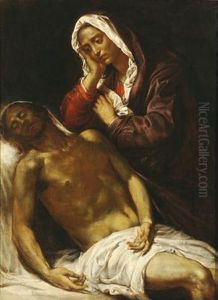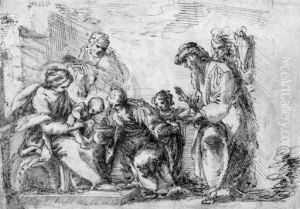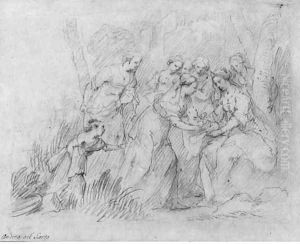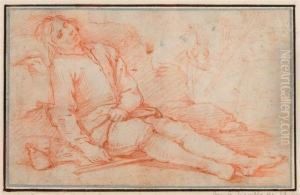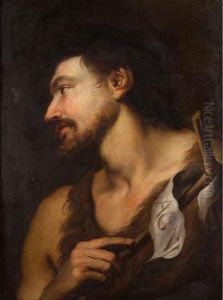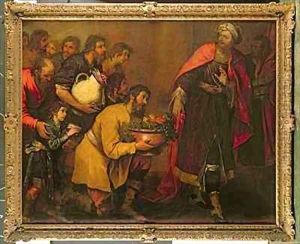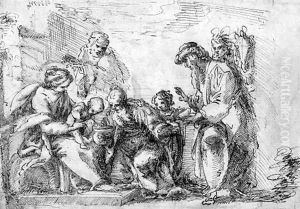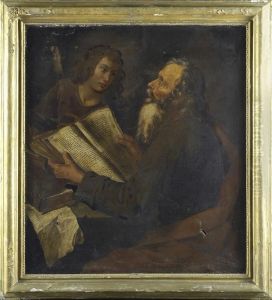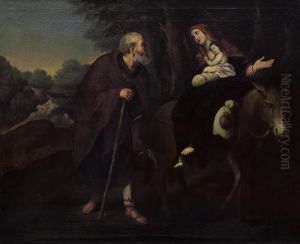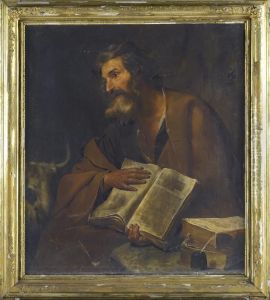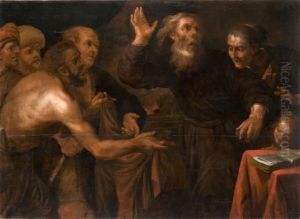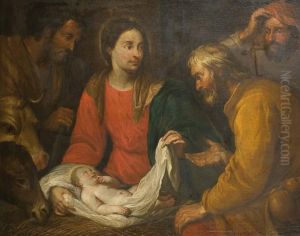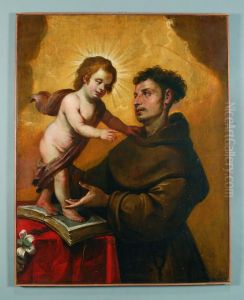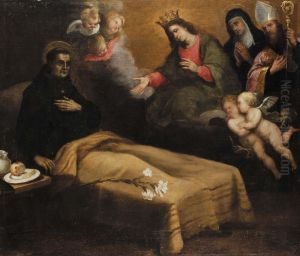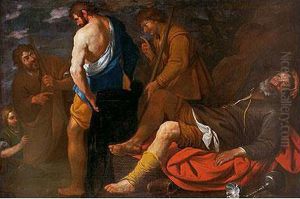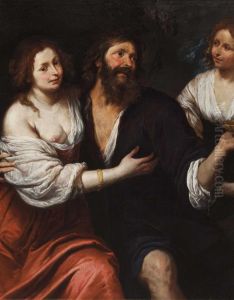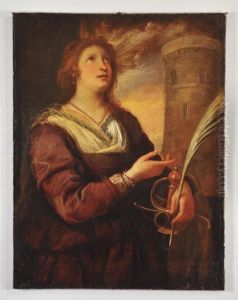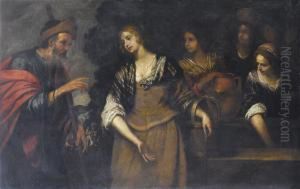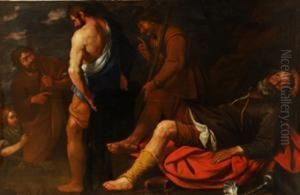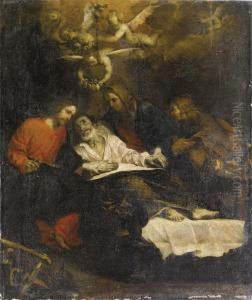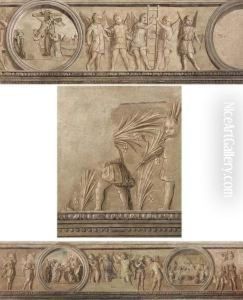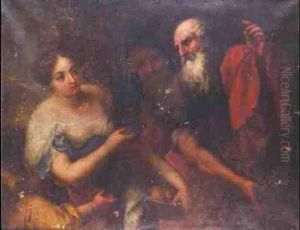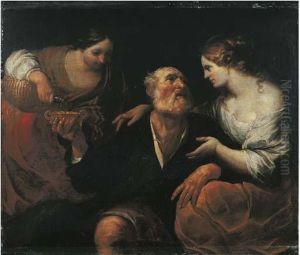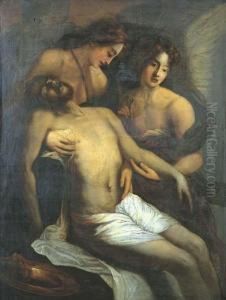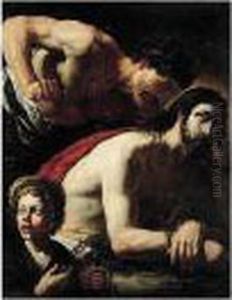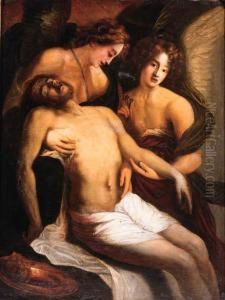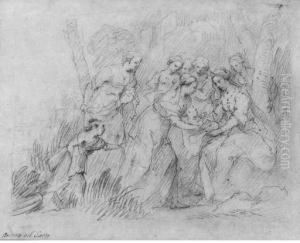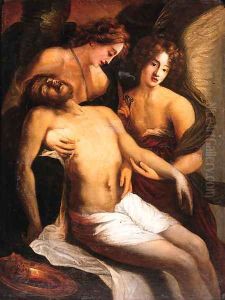Giovanni Andrea di Ferrari Paintings
Giovanni Andrea de Ferrari was an Italian painter of the Baroque period, active mainly in his native city of Genoa. Born in 1598 into a family with strong artistic ties, Ferrari was the son of the painter Gregorio de Ferrari and his mother was the sister of the painter Bernardo Strozzi, which provided him a fertile environment to cultivate his artistic talent.
Ferrari received his early training from his uncle Strozzi, who was one of the leading painters in Genoa at the time. Strozzi's influence is evident in Ferrari's early works with their vivid use of color and dynamic compositions. After his uncle's departure to Venice, Ferrari may have continued his studies with other local painters such as Giovanni Battista Paggi and Domenico Fiasella, absorbing a variety of influences that contributed to his eclectic style.
Throughout his career, Ferrari was known for his versatility. He painted a wide range of subjects, including religious scenes, portraits, mythological and historical subjects, and still lifes. His works are characterized by their elegant figures, dramatic lighting, and rich colors. Ferrari's paintings often exhibit a strong narrative quality and a keen attention to detail.
Despite his considerable talent, Ferrari did not achieve the same level of fame as some of his contemporaries, and his works were sometimes overshadowed by those of more prominent Genoese artists like Bernardo Strozzi and Giovanni Benedetto Castiglione. Nevertheless, he maintained a successful workshop in Genoa and received commissions from many important clients, including local churches and members of the Genoese nobility.
Ferrari's contribution to the Genoese Baroque movement was significant, and his works can be found in many churches and museums in Genoa and across Italy. His paintings are appreciated for their contribution to the development of Genoese painting in the 17th century.
Giovanni Andrea de Ferrari passed away in 1669, leaving behind a body of work that continues to be studied and admired for its artistic merit and historical importance within the Baroque era.
